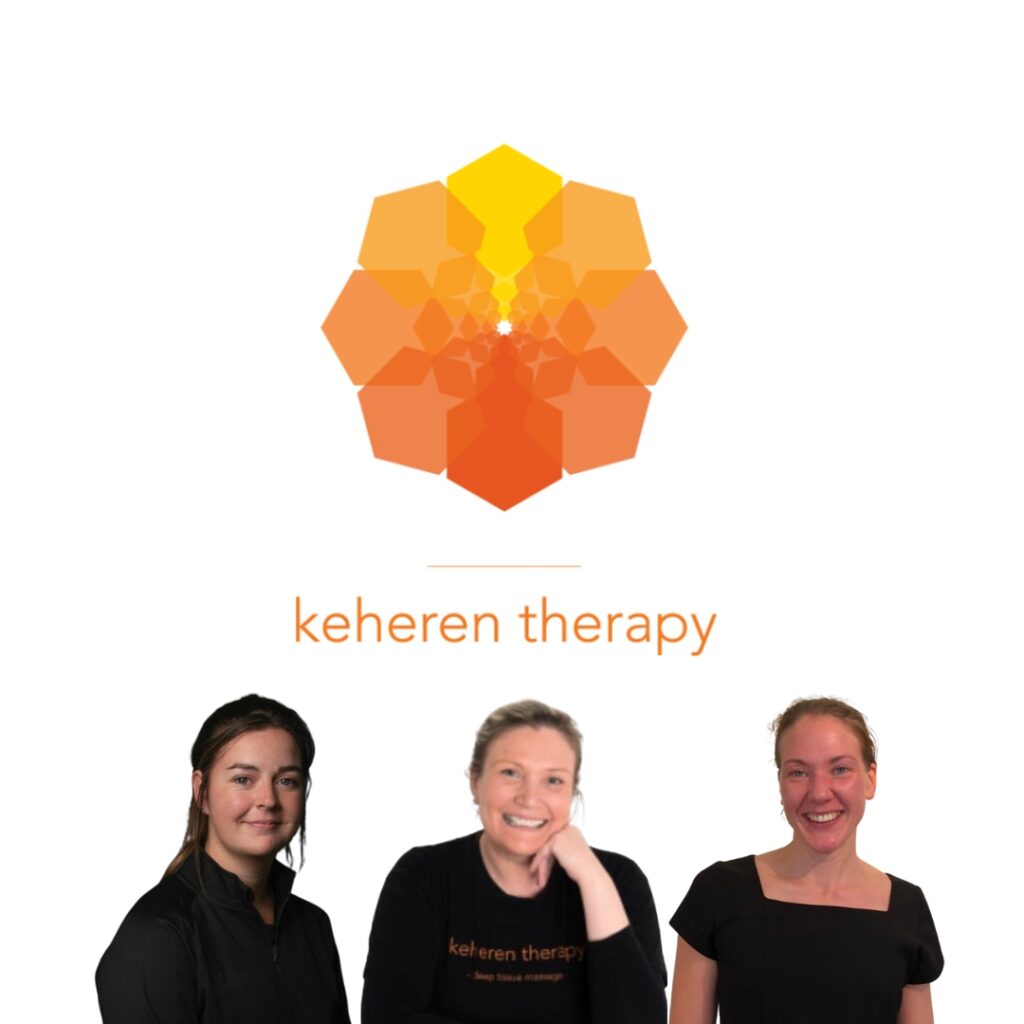Understanding Trigger Points and Deep Pressure Techniques: A Guide for Clients
When it comes to easing muscle tension and addressing those pesky “knots” you might commonly refer to as trigger points, it’s essential to grasp how these techniques work and why they are so effective.
Trigger Points: Unraveling the Mystery
Trigger points, often labeled as knots, are areas of tightened muscle fibers. They manifest as aching, stiff spots that often crave relief through massage or respond positively to heat. While the exact mechanism behind trigger points isn’t universally agreed upon, several theories shed light on their nature.
These points usually surface alongside factors like injury, stress, poor diet, or insufficient sleep. Treatment involves applying pressure to these points for around 90 seconds. The reasons why this works are still debated, but two prominent theories stand out:
- Endorphin Release: Applying pressure triggers the release of endorphins, the body’s natural pain relievers, which soothe the area.
- Ischemic Reaction: Pressure creates an ischemic reaction, prompting increased blood flow to the area. Releasing the pressure leads to a rush of blood, providing relief.
The Science Behind the Technique
Understanding how these techniques influence muscle tone involves delving into our body’s sensory and motor pathways. By affecting mechanisms like the Golgi tendon reflex and spindle fibers, which respond to muscle stretch and change, these techniques can modulate muscle tension.
Moreover, our response to pain alters within a therapeutic setting. When pressure is applied in a controlled manner, the body tends to relax rather than recoil from the sensation.
Application of Neuromuscular Techniques
Let’s consider a practical scenario where these deep neuromuscular techniques come into play:
Example: Upper Trapezius Treatment
In my practice, I often find working on trigger points in the upper trapezius area to be highly beneficial. It’s crucial to create a relaxed environment for both the client and myself to avoid any potential injuries during deep techniques.
The process involves applying slow, deliberate pressure to the entire upper trapezius, allowing the client to adjust to the pressure levels comfortably. The aim is to identify a trigger point within the client’s pain tolerance. Once found, sustained pressure is applied for approximately 90 seconds, tailored to the client’s comfort and past experiences.
I might also incorporate gentle rocking or “pinching” techniques to aid relaxation and calm the nervous system. Assessing whether a client might benefit from these techniques usually occurs during the initial consultation, where we discuss their reasons for seeking treatment and how their pain manifests.
Conclusion
Understanding trigger points and the application of deep pressure techniques involves a blend of science, individualised care, and a therapist-client partnership. By leveraging these techniques effectively, we aim to alleviate discomfort, ease muscle tension, and facilitate a journey towards better overall well-being.
Feel free to ask more about these techniques or how they can specifically benefit your unique needs!


